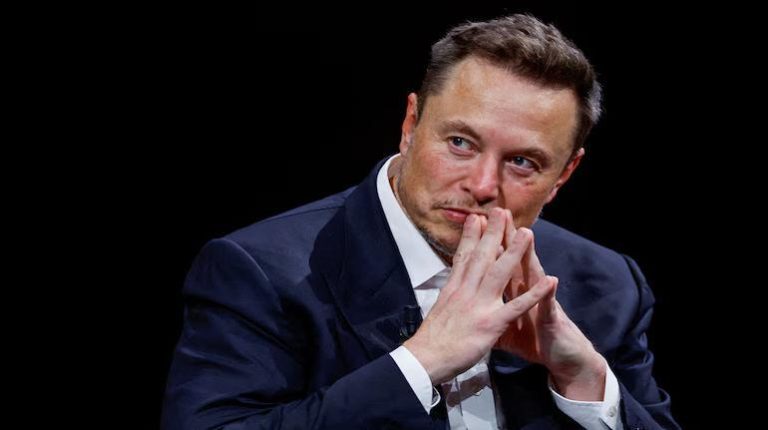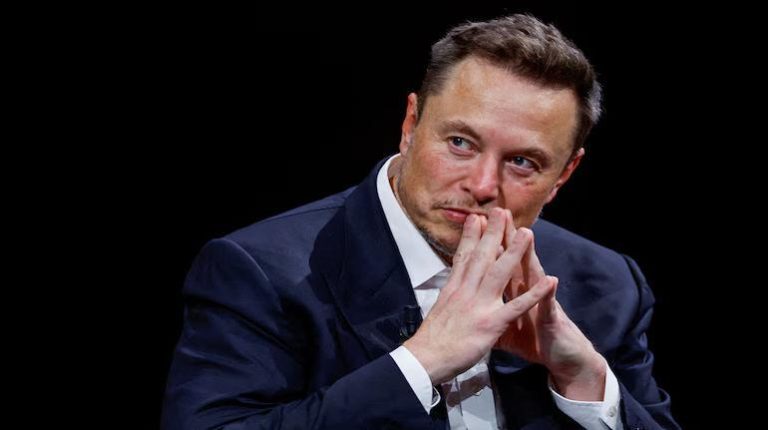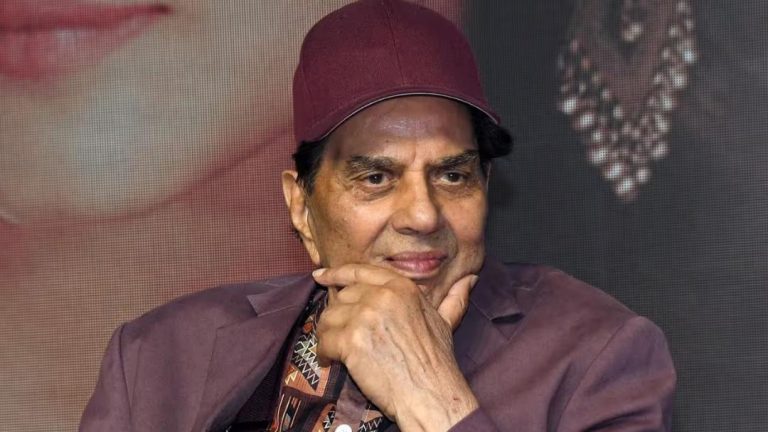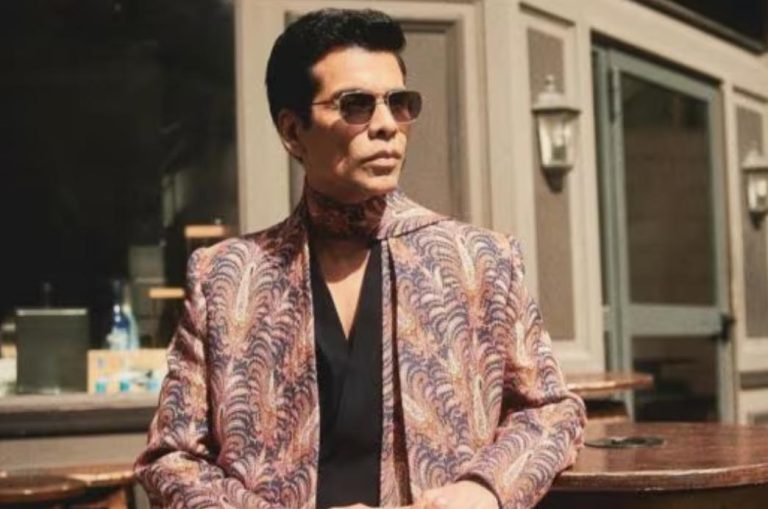
Poverty an engineering issue, AI & humanoid robots will end it: Musk
The world has long been grappling with the issue of poverty, with millions of people struggling to make ends meet. While many have proposed various solutions to alleviate poverty, billionaire and xAI CEO Elon Musk has a rather unconventional view on the matter. According to Musk, poverty is not a social or economic issue, but rather an engineering problem that can be solved with the help of artificial intelligence (AI) and humanoid robots.
Musk expressed his views at the US-Saudi Investment Forum, where he stated that AI and robotics are the key to eliminating poverty and making everyone wealthy. He believes that as these technologies advance, they will be able to automate many tasks, freeing humans from mundane and labor-intensive work. This, in turn, will lead to a significant increase in productivity and efficiency, ultimately resulting in a world where money is no longer a relevant concept.
The idea that poverty can be solved through engineering and technology may seem far-fetched to some, but Musk is confident that AI and humanoid robots hold the key to unlocking a future where everyone’s basic needs are met. He envisions a world where robots and AI systems work tirelessly to produce goods and services, providing for the needs of all people without the need for human labor.
Musk’s vision is not just limited to producing goods and services; he also believes that AI and robotics can help solve some of the world’s most pressing issues, such as hunger, thirst, and shelter. With the help of advanced technologies, he believes that it is possible to create sustainable and self-sufficient systems that can provide for the needs of all people, regardless of their geographical location or economic status.
One of the most significant advantages of using AI and humanoid robots to solve poverty is that they can work around the clock without getting tired or taking breaks. This means that production can continue uninterrupted, leading to a significant increase in output and efficiency. Additionally, AI and robots can be designed to perform tasks that are dangerous or difficult for humans, such as mining, construction, and manufacturing, freeing humans from hazardous and labor-intensive work.
Another benefit of using AI and humanoid robots to solve poverty is that they can help reduce waste and increase recycling. With the help of advanced technologies, it is possible to design systems that can recycle and reuse materials, reducing the need for new raw materials and minimizing waste. This can help reduce the environmental impact of human activity and create a more sustainable future for all.
While Musk’s vision for a future where AI and humanoid robots eliminate poverty is certainly exciting, it also raises several questions and concerns. For example, what will happen to the millions of people who currently work in industries that are likely to be automated? How will they be retrained and redeployed to work in new industries that are created by AI and robotics? And what will be the social and economic implications of a world where money is no longer relevant?
Despite these challenges, Musk remains optimistic about the potential of AI and humanoid robots to solve poverty. He believes that with the help of these technologies, it is possible to create a world where everyone’s basic needs are met, and where people are free to pursue their passions and interests without worrying about money.
In conclusion, Elon Musk’s view that poverty is an engineering problem that can be solved with the help of AI and humanoid robots is certainly an intriguing one. While there are many challenges and concerns that need to be addressed, it is impossible to deny the potential of these technologies to transform our world and create a better future for all. As AI and robotics continue to advance, it will be exciting to see how they are used to solve some of the world’s most pressing issues, including poverty.






